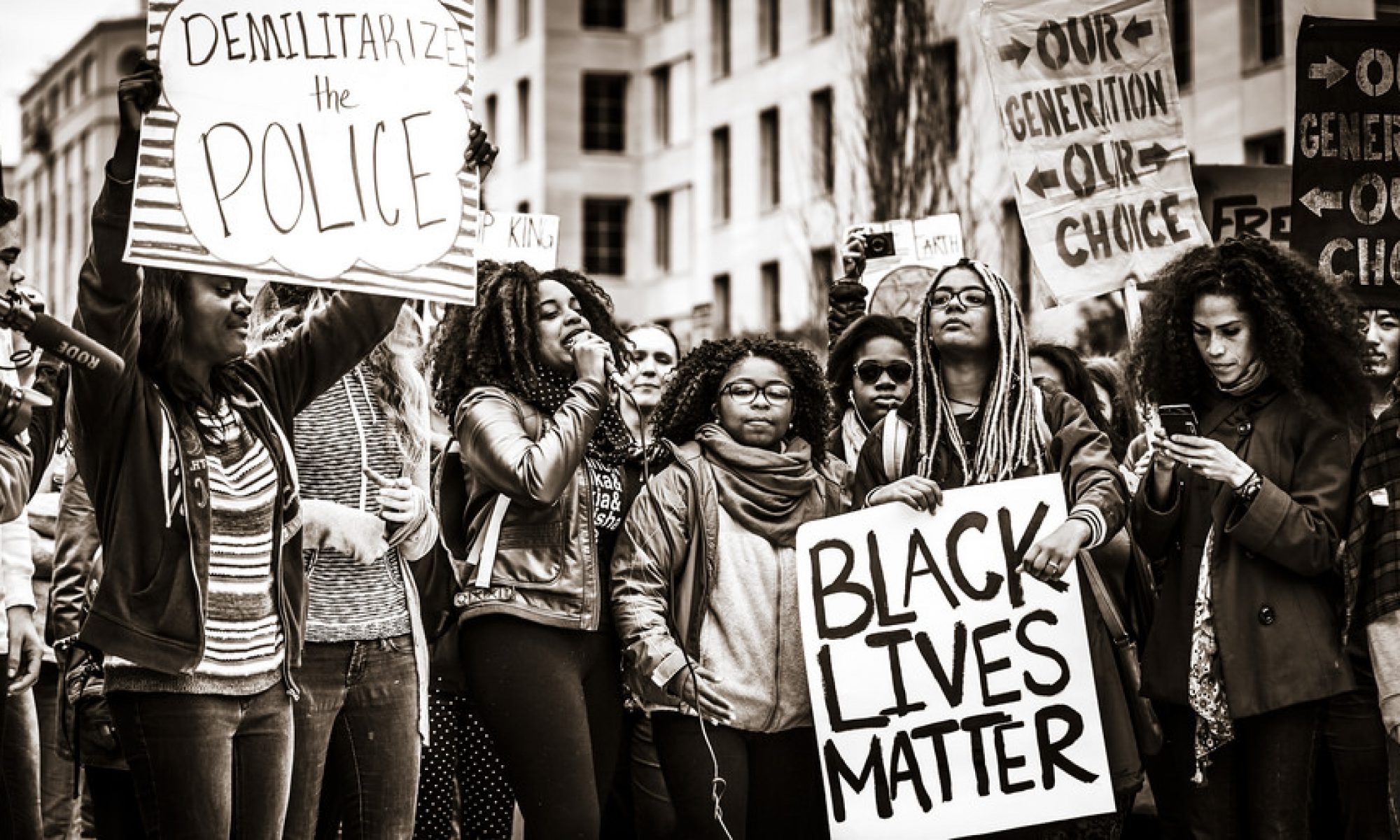In a 2016 TIMES article, Omise’eke Natasha Tinsley explores the myth of the black vagina.The article addresses the lawsuit of Jacquline Fox who sued Johnson and Johnson for not adequently advertising that its products contain talc which is known to cause cancer. The talc based product, baby powder is a product that was once aggressively advertised to black women. Johnson and Johnson’s baby powder has been a culture of self care for black women for many years. As we’ve discussed in class, black women have always gotten the short end of the stick when it comes to equality in our society and have to work three times as hard to be respected. This ties in with the latter part of the article where Tinsley states “If racism posits that blacks reek, and misogyny teaches us that vaginas are rank, how difficult does it become for black women to love the scent of our healthy vaginas?” (Tinsley, TIMES). Black women are constantly being examined and made out to be not worthy of respect. This article sheds light on the harm being done to black womens body and how company like Johnson & Johnson are enablers of a very old stereotypes of black women. This article also engages in the conversation of self care for black women and how maybe our definition of what that means is changing.
The article can be found here.
